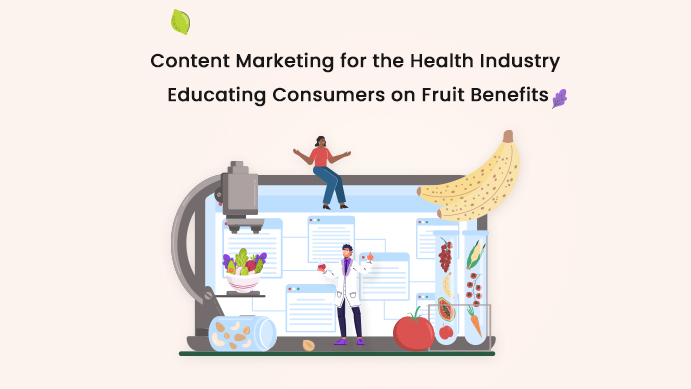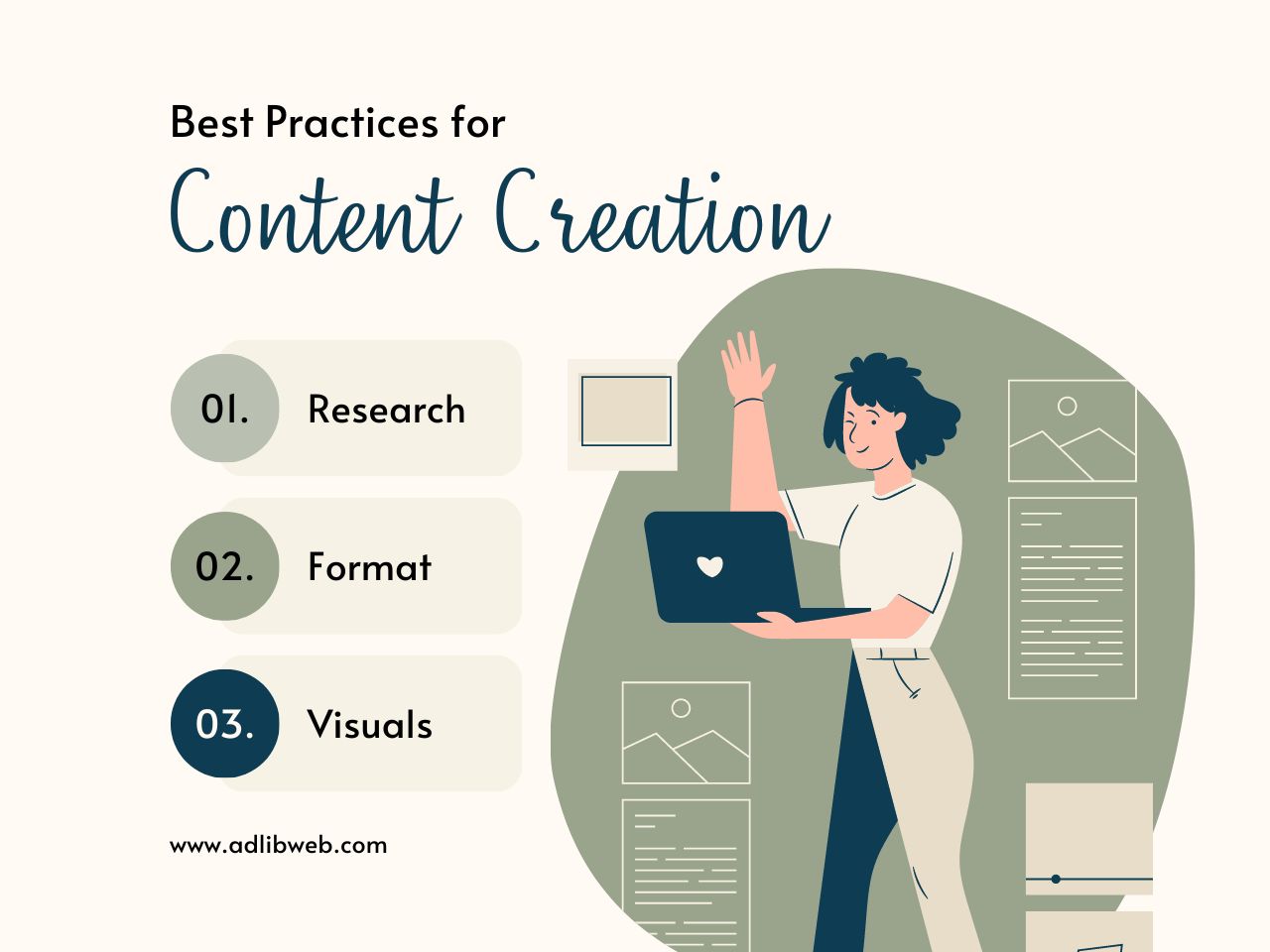5 Ways to Make Your Content Marketing More Effective
October 28, 2024
Content Is Everywhere – How Does Your Business Stand Out?
February 29, 2024
8 Best Practices for Content Creation in 2024
January 25, 2024
9 Steps to Build an Outstanding Content Marketing Strategy
October 31, 2023
Creating Impactful Stories: The Core Principles of Creative Writing
September 29, 2023









